
Recently, I received private mail from a priest that HIT me so powerfully, that I asked him if I can quote it at this weblog.
Happily, the good Father has agreed, although he has asked that I quote him with anonymity. I will just need to say that this is a priest trained decades ago solely in the Novus Ordo. Only recently has he learned the Traditional Latin Mass, and begun saying it regularly.
I will first offer his high-impact words to me, focussed in just three sentences in fact:
These Masses are special to me, and so great a privilege to be united with Christ as His priest, and offer with Him the sacrifice of Calvary, for the living and the dead. It is through using the Tridentine form that I have come to appreciate something of the great significance of what I am doing each morning. Can there be anything more important that this?
Yes, these three sentences hit me very, very powerfully indeed. But most of all perhaps, it was the second sentence, which contained for me a stunning implication at least … that after decades of the Novus Ordo, this priest had “come to appreciate something of the great significance” of that which he did each morning.
The implication I stress. For of course I can barely know the full reality behind these three sentences … But the implication at least took my breath my away.
My breath was taken away not only by what this good Father was saying of himself, but of the global implications that were possibly present as well.
If this priest were saying what he seemed to be saying, that only after decades of the Novus Ordo, had he become awake to the significance of the Mass?! …
What are the possible implications here for untold tens or hundreds of thousands of priests across the globe, who have only used the Novus Ordo?
Awake. What is it to be awake? All our lives, we know of the certainty of death. But are we really awake to the idea that we are really going to die?
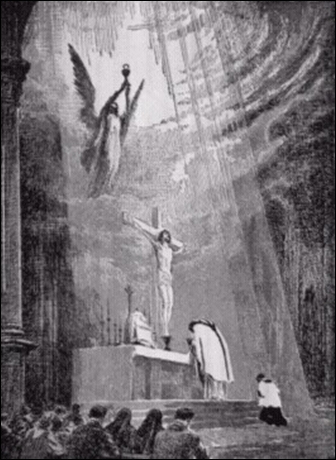
It seems to me that so often, we know it in theory, but often perhaps we only really know it, if we have a brush with our mortality.
In similar fashion, we all know that children across the world are dying of disease and starvation. We all know this in theory.
But do we know it in the same fashion, as we would, if we were to hold an emaciated little girl in our arms, who was shortly about to die?
In similar fashion, many of us know in faith, that Jesus Christ becomes present in the Holy Mass, but do we really know it? Are we really awake to the staggering reality of the Mass?
Yes, as Catholics, we all have some kind of faith in the Sacraments presumably. Though actually, I have heard tell of a US poll, which suggests less than a third of Catholics believe in the Real Presence now …
Yes, how powerfully the words of this anonymous priest served to re-confirm in my soul the long-held feeling that we Catholics are going to sleep to the reality of the Sacraments.
Going to sleep to the Holy Mystery of the Mass. Going to sleep as Protestants did in the Sixteenth Century. Going to sleep as the Catholic Church has “Protestantised” herself with the new liturgy and other post-Conciliar innovations.
Yes, a very serious question must be faced I think: To what extent is the decline in the Church, is the decline in the belief in the Real Presence … directly related to this loss of the Traditional Latin Mass?
And now with the Motu Proprio, with new priests now discovering the Latin Mass, is there a corresponding awakening taking place?
I am profoundly grateful to the good Father for sending me this mail. And for letting me quote from it. The global implications, as I say, seem to me staggering.
As these three sentences fully settled into me, I found myself with a spontaneous question.
It was something to the effect of: “What if this Latin Mass is a thousand times more important than even those of us who love the Traditional Rite already know?”
I found myself saying words like that to my wife Kim, as I wondered aloud about the potential worldwide effects of an untold number of possibly sleeping priests – sleeping as nearly all of us, it seems to me are sleeping – became more awake to the reality: the Mystery of the Mass …
With all this in mind, I replied to the Father in question, asking him if I could quote him. Now I am not only very grateful for his permission, I am happy to say that he supplied me with another very moving piece he had written.
I would like to leave you now some further words from him, very evidently words of the heart and words worth pondering indeed I feel …
Unlike the Mass of Vatican II in which a dialogue between celebrant and congregation carries most of the ritual, the prayers and rituals of the Tridentine form demand that the celebrant be continually attentive to the rites he is enacting.
His voice varies from being audible to a quiet whisper; his eyes regularly turn to the crucifix; the movements of his hands are conscious and deliberate. Even when he turns to the congregation the greetings are brief, his glance downward, his gestures precise. The priest is servant of the ritual, and the rubrics foster a mindfulness and self-awareness which not only focus his own attention, but also that of the faithful, as they kneel once more at the foot of the cross of Calvary.
Each time before he turns to the congregation the priest kisses the altar. Priest, altar and sacrifice are at the core of Catholic worship. When he is at the altar offering the sacrifice a priest’s ministry finds its most sublime expression. His kiss of the altar is not only a sign of honour and respect for the source of his identity, but also an expression of his own affective attachment to his vocation.
… The inner offering of Son to Father, although enacted within human history, has an eternal dimension, beyond time and space … re-newed and made present once again …
How can mortal flesh be anything but silent in the presence of so profound a mystery? How can anything but silence draw the men and women of all nations and languages into such a wonder?
After Communion is distributed the prayers are brief, and the priest turns to tell the congregation Ite, misa est. Go, the Mass is ended! First used in the catacombs of ancient Rome, these three simple words have echoed down the corridors of history for over two millennia.
From barren rocks off the coast of Ireland to the great cathedrals of Europe, in hidden rooms in England’s stately homes, behind the lines in battlefields, in bamboo huts in Asia, Catholics have heard the words Ite, misa est concluding this very same ritual.
And as the Mass draws to a close the words of the prologue of St. John’s gospel are brought before us again: Et lux in tenebris lucet, et tenebrae eam non comprehenderunt. “The Light shines in the darkness, and the darkness did not comprehend it.”
Through Latin words and gestures sanctioned by tradition and enshrined in clear and precise rubrics, the hearts of celebrant and congregation have communed with the heart of Christ; the Guardian of the Threshold of the spiritual world has moved aside; they have seen the Sun shine in the midnight of materialism.
Foreword for Monarchy by Roger Buck
Buying Books at Amazon Through These Links Gives Us a Commission. This Supports Our Apostolate. Thank You if You Can Help Us Like This!
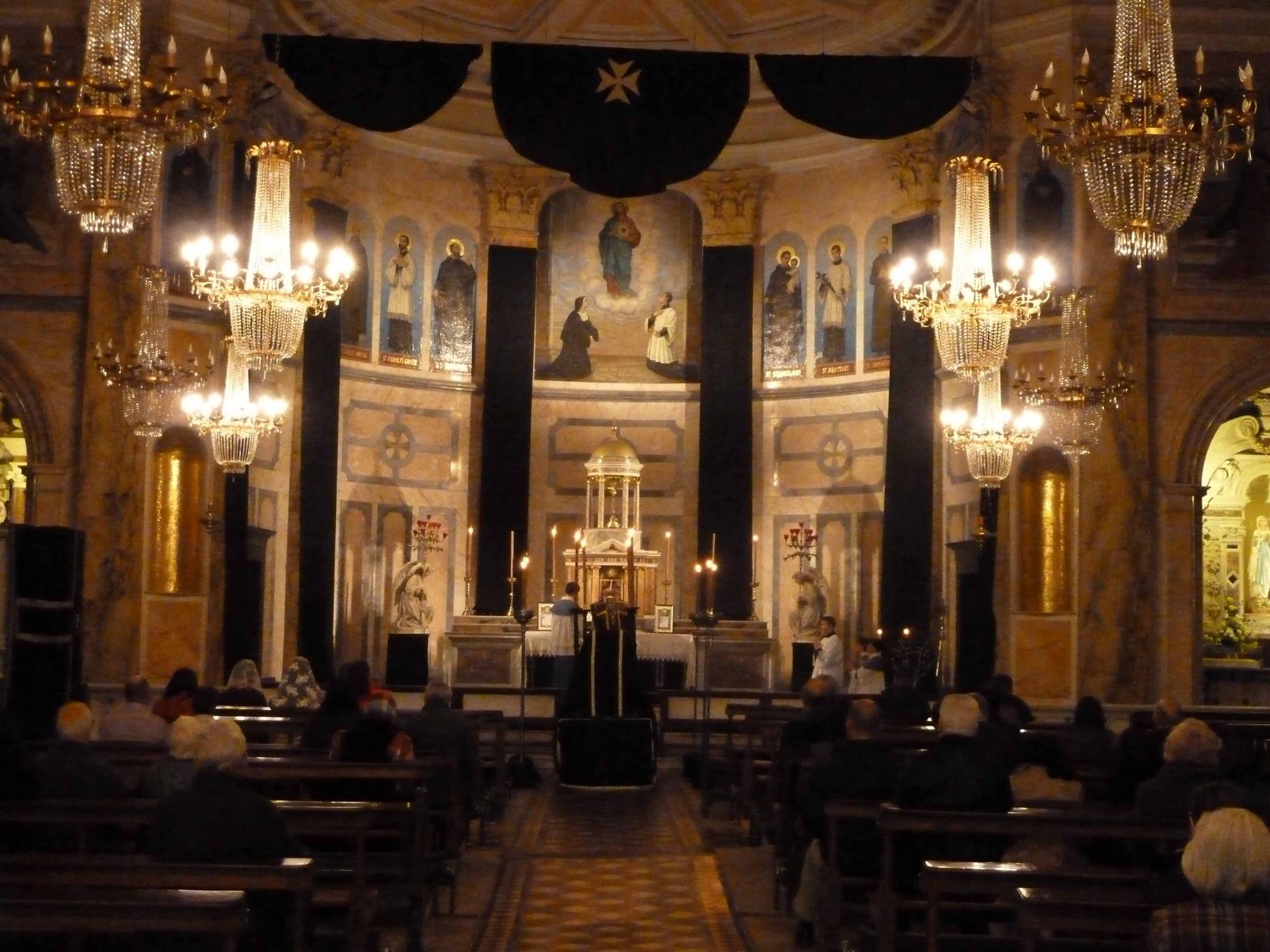
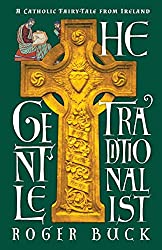
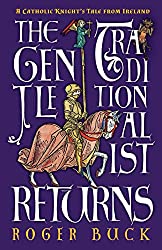
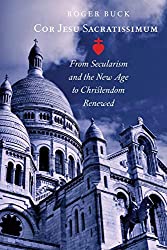
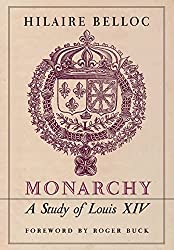
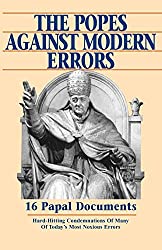
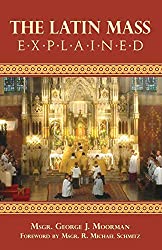
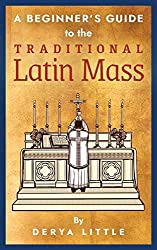
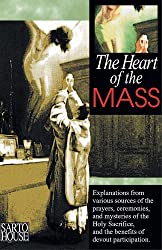
Comments
comments are currently closed
5 responses to “The Traditional Latin Mass: Becoming Awake to Holy Mystery”
I gather or hope it is the structure of the Tridentine Mass that is important rather than the language. Usually, I go to an Ukrainian Catholic Church which is the Byzantine Rite. The Byzantine Rites are celebrated in venacular (Ukrainian, Slovak, English or whatever) but are thoroughly traditional. What are the real issues here? You have touched on the issues in various blogs. Perhaps you would consider doing it in a systematic way sometime?
Thank you again, Edwin. I trust your vernacular Byzantine Rites are very beautiful and imagine you as very fortunate to experience them …
The “real issues” as you put it are very complex and challenging, demanding the reflection of the entire Church I believe. And resulting in so much terrible strife. I have been struggling with them for many years. My initial inclination in this journey was I suspect akin to what yours might be. I pondered again and again if the solution to the liturgical disaster was a mixture of the vernacular with the kind of rubrics and mindfulness the anonymous father describes so beautifully here.
As time has gone on, I have moved more and more to honouring “Latin as the liturgical and sacred language” to borrow the words of Valentin Tomberg, which I have quoted here.
I would like to write more systematically. And in my articles and book hope to, in time. But as I recently said here in this weblog, I am renouncing a systematic approach for a more eclectic and spontaneous approach, which I hope will not be without depth. For I do not believe there is anything kneejerk about my defense of the Latin Mass. It is the result as I say, of a long period of struggle and interior reflection.
[…] the lovely Catholic blog Cor Jesu Sacratissimum, Roger Buck quotes from a letter he received from a friend, “a priest trained decades ago […]
One reason for keeping Latin is that there is a thousand years of commentary on the mass by great theologians and saints.In contrast, no one knows what is going on at a Novus Ordo mass. In part, this isbbecause priests are given too many choices by the rubrics. So a commentator doesn’t know what to talk about.
On the other hand— I am one of the last folk who were adults when Montini introduce the NO. That is I can remember the Latin Mass when it was universal. Many, Many in attendance said the rosary or kissed prayer cards or even fell asleep. Only a small band read the words from the missal.
But its not really Latin. After all the Ukrainians have beeen able to translate Old Slavaonic into Ukrainian without ruining their liturgy. And I currently attend a RC Maonite chruch where they do a dignified liturgy in Arabic, Syriac and English.
Thus and therefore, the era since VAT 2 proves the devil exists. And if the Devil exists, maybe there also is some slight possibilty that a God (whom I currently address as Alah) aslo exsits . Which is an happy making thought as I approach death.
Very belated thanks for this, Jan. I am doing poorly in keeping up with all the correspondence/attention generated by my book …
Your comment speaks to complex things I cannot easily address, from your struggle to have faith in God to your participation, nonetheless, in an unusual Catholic liturgy and your memories of the Latin Mass.
Thus, rather than saying much, I think I will just say: I hear you and I pray for you.